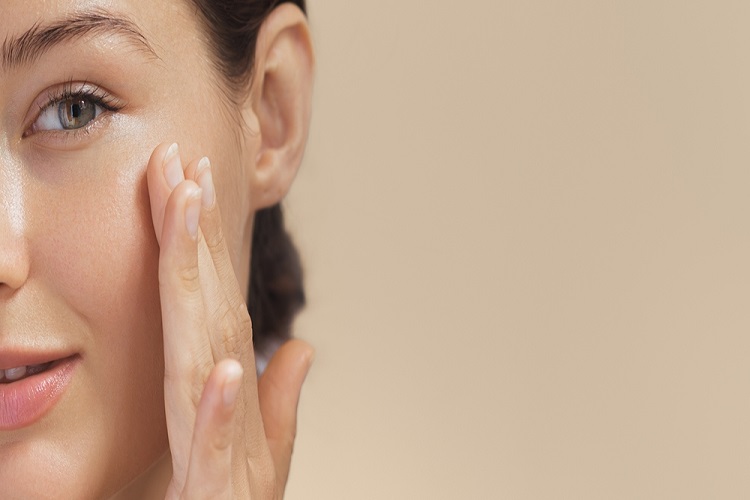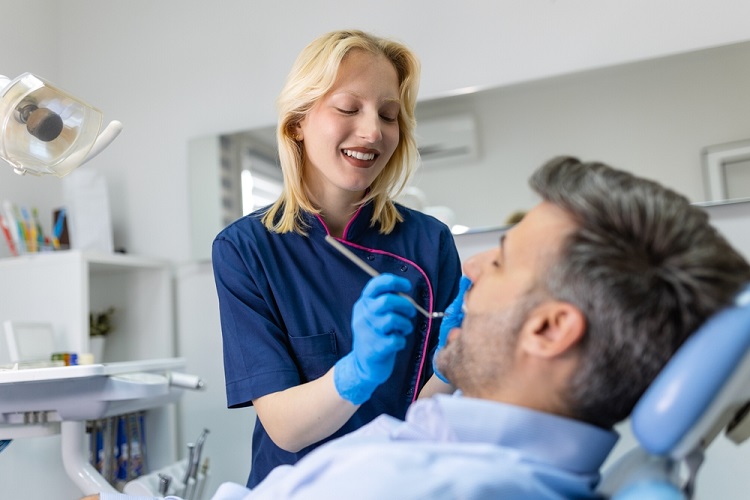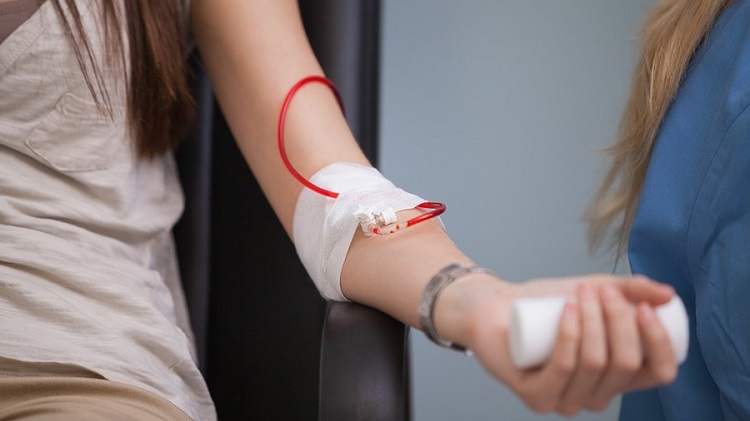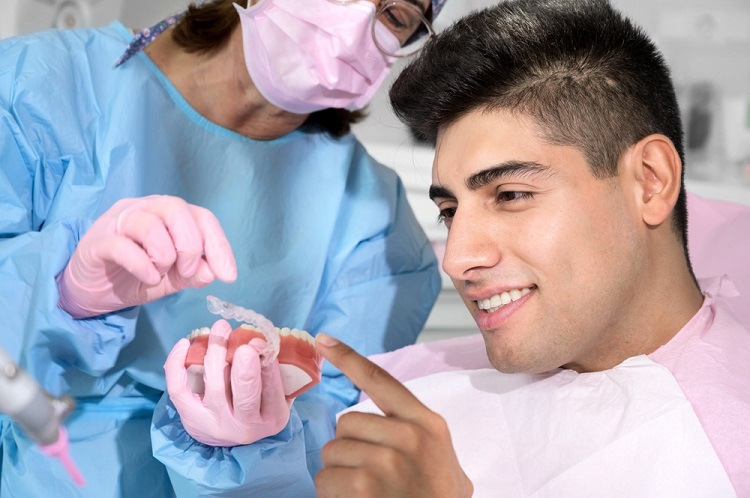Also referred to as Oesophago-Gastro-Duodenoscopy, gastroscopy is a safe diagnostic procedure used to visualise the lining of the food pipe, stomach, and the small intestine. The procedure uses a small and flexible tube known as an endoscope. Gastroscopy is used to perform biopsies and diagnose stomach problems.
Your doctor will also fix an appointment where the gastroscopy procedure and findings will be explained (this also includes the results of any biopsies taken). The appropriate management plan will also be discussed. You will also be advised on the precautions and possible complications of the procedure.
Table of Contents
When is Gastroscopy Recommended?
Gastroscopy is done to further investigate certain digestive symptoms before duodenal, esophageal, and stomach diseases are diagnosed. Some of the symptoms include:
- Iron deficiency anaemia
- Upper abdominal discomfort or pain
- Recurrent or persistent vomiting and nausea
- Reflux symptoms like acidic taste, throat symptoms, and heartburn
- Unexplained weight loss
- Difficulty swallowing
- Black stool or blood present in the stools
Gastroscopy is also considered the primary tool for esophageal and stomach cancer risk assessment and prevention. It can also help prevent cancers in patients with high risk factors. Gastroscopy can also detect precancerous growths and remove them during the process to prevent them from becoming cancerous.
What Can You Expect During the Procedure?
A gastroscopy is a short procedure that typically takes less than 15 minutes. A local anaesthetic is used to numb the throat. Once the local anaesthetic has been administered, a small plastic guard is placed in the mouth to protect the teeth and hold the mouth open. A sedative medication may also be given to help the patient relax. The patient will lie down on their left hand side and the endoscope is inserted into the throat.
The endoscopist will then navigate the scope down the throat and into the stomach. There is no discomfort or gagging sensation felt by the patient as both the topical local anaesthesia and intravenous sedation are administered. Most patients will report that they don’t feel any discomfort during and after the scopes.
As the endoscope moves down the oesophagus, doctors may do any of the following:
- Observe the upper digestive tract for abnormalities using images that are transmitted by the endoscope
- Gently blow air into the stomach to ensure a better view (this is where any unusual lumps, holes, redness, blockages, and other abnormalities can be seen)
- Remove a tissue sample (biopsy) if abnormalities are detected (procedure is painless)
As soon as the examination is complete, the endoscope will be gently pulled out of the mouth. The patient will be taken to a recovery area to rest for around an hour or until the sedative has worn off.
How Can You Prepare for the Procedure?
Patients scheduled for gastroscopy will need to fast for at least 6 hours prior to the procedure. Generally, most medications can be continued except for blood thinners and diabetic medications.
Since you will be given medications that can make you sleepy, you must not work or drive after the procedure It is likely that you will be asked to avoid any of the following in the next 24 hours after the procedure:
- Drive
- Drink alcohol
- Sign important documents
- Operate machinery
It is possible that you will also experience throat or stomach pains after the procedure. This is normal and should disappear in a few hours. However, you need to visit the hospital or get in touch with your doctor right away if you experience any of the following:
- Shortness of breath
- High temperature
- Dark or black poop
- Severe chest or stomach pain










Comments